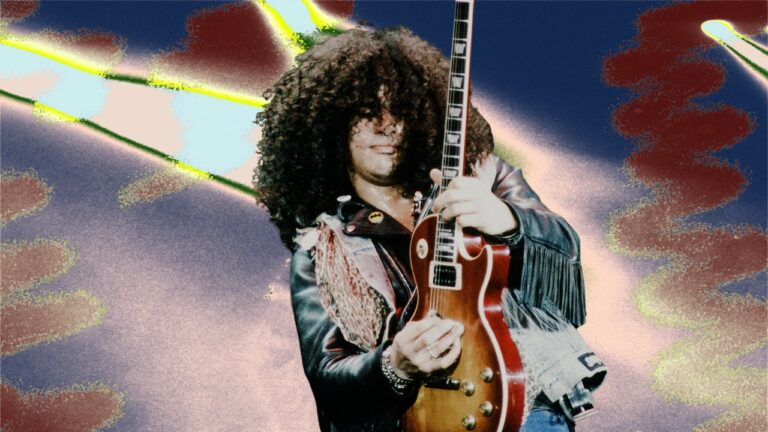Learn more about the best hairdryers and how to use them.
Your hair type will determine what products you use: Andre Walker’s hair type classification system
One way to find the right curly hair products for you is to identify your hair type, which your barber or stylist can likely determine with just one glance, especially if your hair is medium or long. This simple system identifies your hair’s wave/curl/kinky/coil pattern (or lack thereof, if you have straight hair).
Andre Walker was Oprah’s hairstylist in the ’90s, and in order to sell hair care products to the masses, he developed the following classification of hair types: Walker made things simple for everyone by suggesting that everyone falls somewhere on the following hair type spectrum, from 1a to 4c.
“Identifying your hair type is like a GPS to ‘healthy hair happiness,'” says Darius Davie, men’s hairdresser and president of Groom Guy Agency. “It’ll help you when applying products at home and when communicating your needs to your barber or stylist. “While many of the curl products mentioned above are generic, you can instead focus in on your curl pattern and target products that will specifically serve your needs.
Type 1: Straight hair
Type 1 has thin to thick straight hair that doesn’t hold a curl very well.
1a: Hair is thin and straight, usually oily, and often flat.
1b: Hair is of average thickness and works well with most straightening products and hairstyles.
1c: Hair is coarse and difficult to manage. It fluffs easily in short styles and requires heavy layering/texturing at medium or longer lengths.
Type 2: Wavy Hair
My hair isn’t completely curly, and ranges from “almost straight but versatile” to “curly but manageable” (kind of like me in college!).
2a: The waves are gentle, more textured than wavy, a step above straight, yet very collaborative and versatile.
2b: The waves are more pronounced but require a little more effort to style. Hair tends to become puffy and frizzy.
2c: The waves are bigger, wider, and have a frizzy, zigzag effect. They tend to frizz easily.
Type 3: Curly Hair
The hair is curled, creating a clear gradient on top of the wavy texture.
3a: The curls become looser and the hair becomes fuller and more voluminous. The hair becomes more prone to frizz.
3b: Curls occur more frequently along the hair shaft, resulting in less volume, but loosening easily with humidity.
3c: The curl is very tight and almost coily. It feels softer to the touch than the next level, 4a.
Type 4: Coiled, frizzy hair
Between the zigzag and the coil there are two types of twists.
4a: Stiff O-shaped coils with slightly wider space between curls. Sometimes called “soft kinky.”
4b: Tense zigzags. Similar to 2c waves but with finer and more frequent kink patterns.
4c: The coils are so stiff and pronounced that the frizz pattern is barely visible. These are the curliest curls beyond 4a.
On the different hair types that require different approaches, Davie said: “It’s important to keep in mind that different hair types require different approaches.
“Type 2 (waves) can get away with not rinsing out conditioner as often as 3b, 3c, and 4a,” “Types 3b, 3c, and 4a will need more grooming in between workouts due to sweat buildup and protection,” and “Hair butters and creams are great for types like 3b, 3c, and 4a, as they protect the hair and give it the moisture it needs for pre-styling.”
Yes, it’s a lot to figure out, but by narrowing down your type, doing some research, and maybe consulting with a stylist, you can start by shopping smart and establishing a reliable regimen that works for you.

